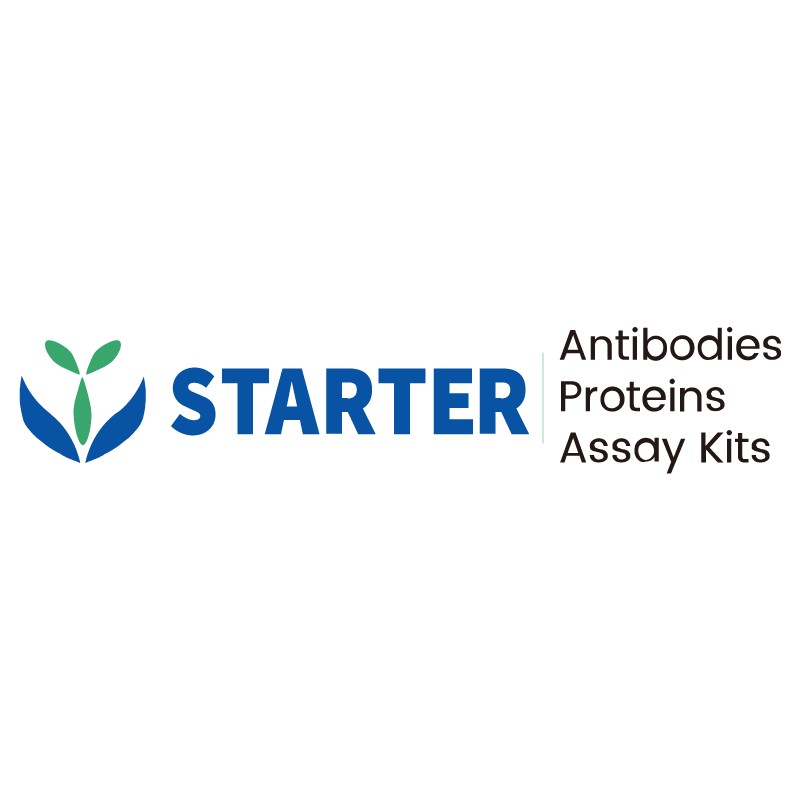WB result of IL-33 Recombinant Rabbit mAb
Primary antibody: IL-33 Recombinant Rabbit mAb at 1/1000 dilution
Lane 1: untreated THP-1 whole cell lysate 20 µg
Lane 2: THP-1 treated with 50 nM TMA and 5 µg/ml LPS for 24 hours whole cell lysate 20 µg
Secondary antibody: Goat Anti-rabbit IgG, (H+L), HRP conjugated at 1/10000 dilution
Predicted MW: 31 kDa
Observed MW: 30 kDa
Product Details
Product Details
Product Specification
| Host | Rabbit |
| Antigen | IL-33 |
| Synonyms | Interleukin-33; Interleukin-1 family member 11 (IL-1F11); Nuclear factor from high endothelial venules (NF-HEV); C9orf26; IL1F11; NFHEV |
| Immunogen | Recombinant Protein |
| Location | Cytoplasm, Nucleus, Secreted |
| Accession | O95760 |
| Clone Number | S-1700-17 |
| Antibody Type | Recombinant mAb |
| Isotype | IgG |
| Application | WB |
| Reactivity | Hu |
| Purification | Protein A |
| Concentration | 0.5 mg/ml |
| Conjugation | Unconjugated |
| Physical Appearance | Liquid |
| Storage Buffer | PBS, 40% Glycerol, 0.05% BSA, 0.03% Proclin 300 |
| Stability & Storage | 12 months from date of receipt / reconstitution, -20 °C as supplied |
Dilution
| application | dilution | species |
| WB | 1:1000 | Hu |
Background
IL-33 protein is a key cytokine belonging to the IL-1 family, functioning as an alarmin that plays crucial roles in tissue homeostasis, pathogenic infection, inflammation, allergy, and type 2 immunity. It is abundantly expressed in endothelial cells, epithelial cells, and fibroblast-like cells. IL-33 transmits signals through its receptor ST2, which is expressed on the surface of T helper 2 (Th2) cells and group 2 innate lymphoid cells (ILC2s), inducing transcription of Th2-associated cytokine genes and host defense against pathogens. In innate immunity, IL-33 activates ILC2s, basophils, eosinophils, and mast cells to drive early immune responses against allergens and other environmental insults. In adaptive immunity, it regulates the functions of dendritic cells (DCs) and influences the development of Th2, Tfh, and other immune cells. IL-33 is released upon cellular damage or stress and can enhance the differentiation of recently activated T cells. It is also involved in the development of multiple types of immune-related diseases, making it a promising therapeutic target for modulating immune responses in conditions such as asthma, allergic diseases, and autoimmune disorders.
Picture
Picture
Western Blot


